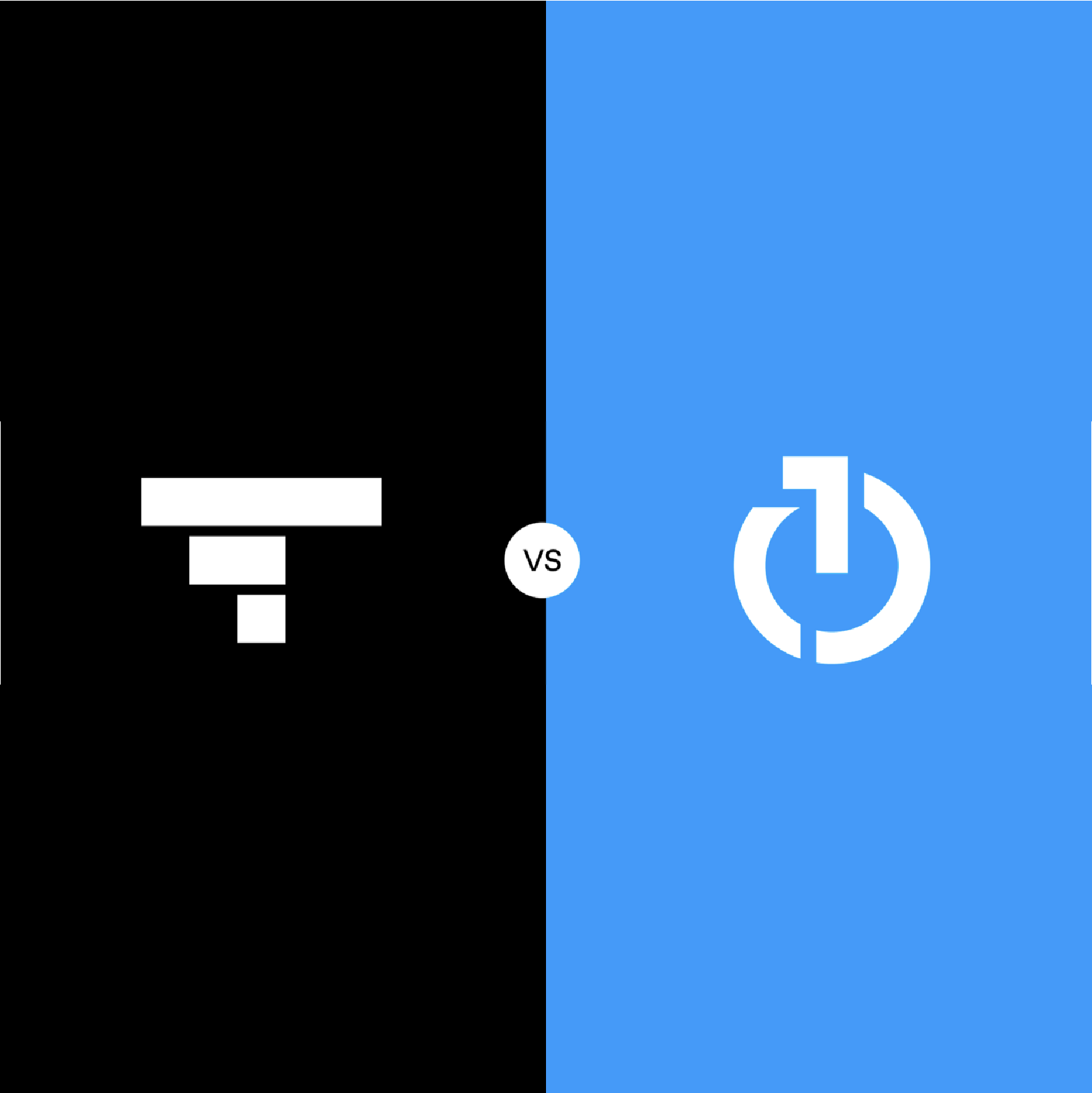
Incrementality explained: Comparing TV and Facebook
In the world of advertising, Facebook and TV are two similar customer acquisition channels, despite one being “online” and the other being “offline”. Both platforms allow advertisers to specifically target certain demographics and interests by selecting audiences (Facebook) or combining networks, rotations, and programs (TV). When TV and Facebook are less targeted, they tend to compel people to buy products or services that they may not have identified or considered as a need. In essence, they are both demand-generating, as opposed to Search Engine Marketing, which is demand-harvesting.
Marketers should always compare the performance of Facebook to that of TV, but this comparison can only be performed if both platforms are evaluated using marginal cost (discussed in one of our previous articles) and incrementality. Here, we explain what incrementality is and how we can calculate it. To do so, we first describe two categories of Facebook campaigns: prospecting and retargeting. We then demonstrate how retargeting increases cannibalization (i.e. spending marketing dollars on people who would have purchased anyway) and reduces incrementality, leading to the understatement of the (true) marginal cost.
Prospecting versus retargeting campaigns
Prospecting campaigns target individuals who are identified as belonging to a particular profile, most typically demographic in nature. For example, the campaign may target single women aged 25-44 with an annual income of $50k+. The campaign, however, can also contain other information such as music preferences, political affiliation, pet ownership, etc. What is important to know is that prospecting campaigns do not target people who have previously purchased from the company or visited the company’s website. Hence, without the prospecting campaign, those individuals may have a low probability of buying the company’s products.
In a retargeting campaign, which is mostly unique to Facebook, the company instead targets only past customers or visitors to the company’s website. While it is true that retargeting increases the likelihood of these customers (re)purchasing the company’s products, many would have (re)purchased the product even without retargeting. Once all the purchases are counted, there is too much credit given to retargeting, and, as a result, the average Customer Acquisition Cost (or CAC) is understated.
For example, a prior website visitor might have a 10% probability of making a purchase without a retargeting campaign and a 15% probability with a retargeting campaign. Many marketers use the full 15% to evaluate the effectiveness of retargeting instead of the difference (15% - 10% = 5%). The difference (5%) represents the incremental impact of the campaign. The remaining 10% represents cannibalization, or the wasted marketing spend. If the company uses the full 15%, then that failure to account for cannibalization would overstate effectiveness by a multiple of three (5% x 3 = 15%).
If the marketer does not account for cannibalization, the CAC from retargeting will appear to be lower than it really is. As a result, many marketers believe that retargeting is wildly profitable (or worse: some marketers will even ignore the initial cost of prospecting, required before one can retarget). The actual ROI, in fact, is lower and possibly even negative.
Measuring cannibalization
To measure retargeting cannibalization on Facebook, marketers can perform an A/B test by comparing a public service ad (non-company-related) to a core (company-related) ad, both shown to the same target group. In each scenario, Facebook users are cookied and conversion rates are calculated.
The idea is that some users who only see a public service ad will still convert (i.e. purchase the company’s product). This helps distinguish cannibalized (non-incremental) users from non-cannibalized (incremental) users. Particularly, the conversion rate for the public service ad will represent cannibalized marketing spend (those customers who would have purchased without retargeting). The difference between the actual ad conversion rate and the PSA conversion rate is the non-cannibalized (or incremental) conversion rate.
Marketers can then correctly calculate the CAC from retargeting by using the following formula:
To summarize how these concepts tie in together, the table below shows the relationship between retargeting, cannibalization, and incrementality.
How does all of the above relate to TV advertising?
Overall, the reason why the concept of cannibalization or incrementality is so important when comparing Facebook to TV is because TV advertising typically lacks retargeting, which means it has a higher degree of incrementality compared to retargeted Facebook campaigns. While a retargeting campaign on Facebook only targets those who have previously shown interest in buying the company’s product, a TV campaign has a very broad reach, and is therefore almost the opposite in that regard.
As a result, if marketers want to make a fair comparison of Facebook and TV advertising, they have to:
Adjust for marginal cost across the two platforms (as explained here), and
Adjust for cannibalization on Facebook (as you just read above).
In many cases, TV may present growth managers with a lower true (marginal) customer acquisition cost (especially as Facebook spend increases).
In our article on optimizing advertising campaigns, we apply these principles to show how advertisers can reallocate some of their budget from digital platforms to TV by tuning their campaigns for analysis at the margin and adjusting for incrementality.

Philip Inghelbrecht
I'm CEO at Tatari. I love getting things done.
Related
What Advertisers Need to Know About TV Sports Advertising in 2026
TV sports advertising in 2026 is being reshaped by streaming, fragmented media rights, and rapidly changing ad prices. This guide shows advertisers where sports audiences live and how to buy across leagues effectively at any budget.
Read more
Why Q5 Remains One of The Most Wonderful Times of Year to Advertise on TV
Q5 isn’t a post-holiday lull—it’s a hidden goldmine where TV CPMs drop, engagement spikes, and smart brands grab premium inventory before the new year hits. Discover why this overlooked week can deliver some of the best performance of the entire season.
Read more
Tatari vs. The Trade Desk: Which Platform Delivers Better TV Buying and Measurement Across Linear, CTV, and OLV in 2025
Tatari and The Trade Desk both enable data-driven TV advertising, but they differ in focus and transparency. The Trade Desk is a programmatic DSP built for digital media, while Tatari is purpose-built for TV buying and measurement across linear, CTV, and OLV. Tatari offers direct publisher access, transparent pricing, and advanced attribution through incrementality and modeled ROAS. For advertisers seeking measurable outcomes and accountability in TV, Tatari delivers the strongest performance and control in 2025.
Read more


